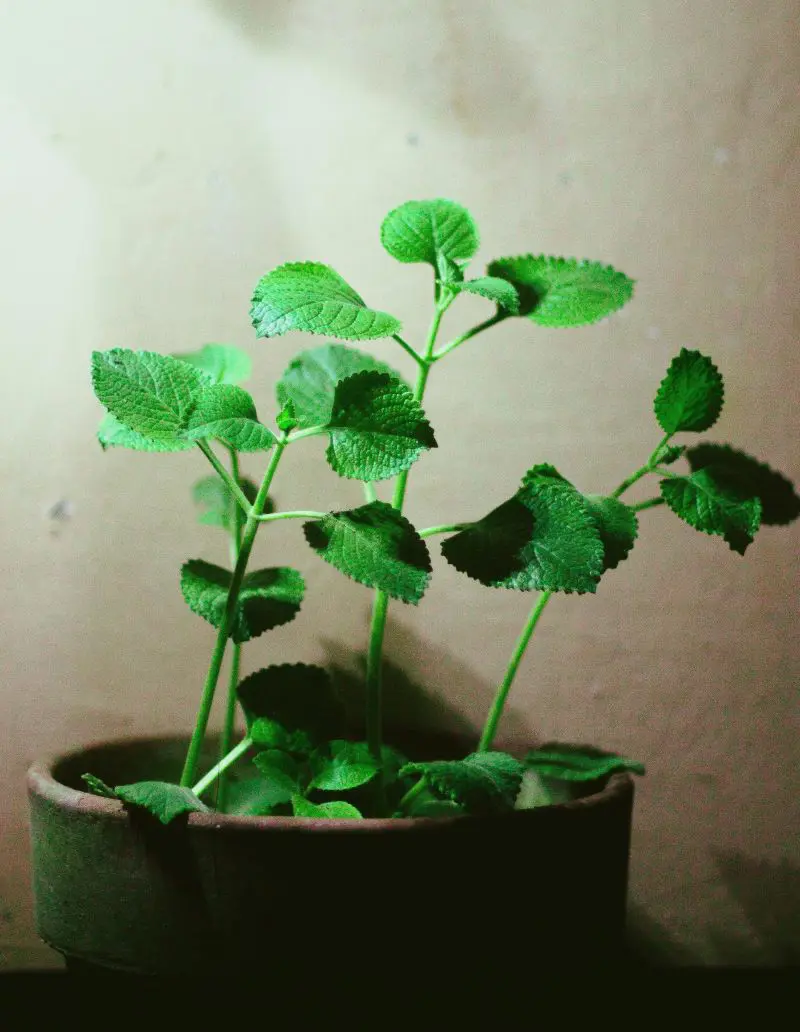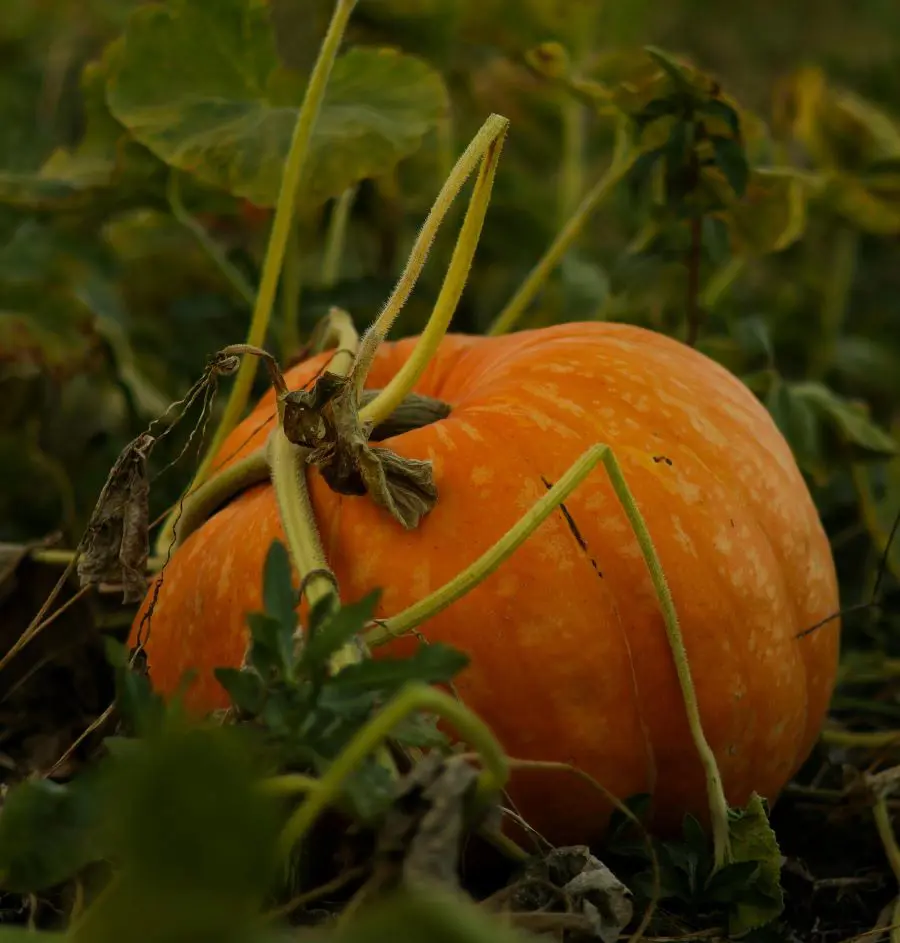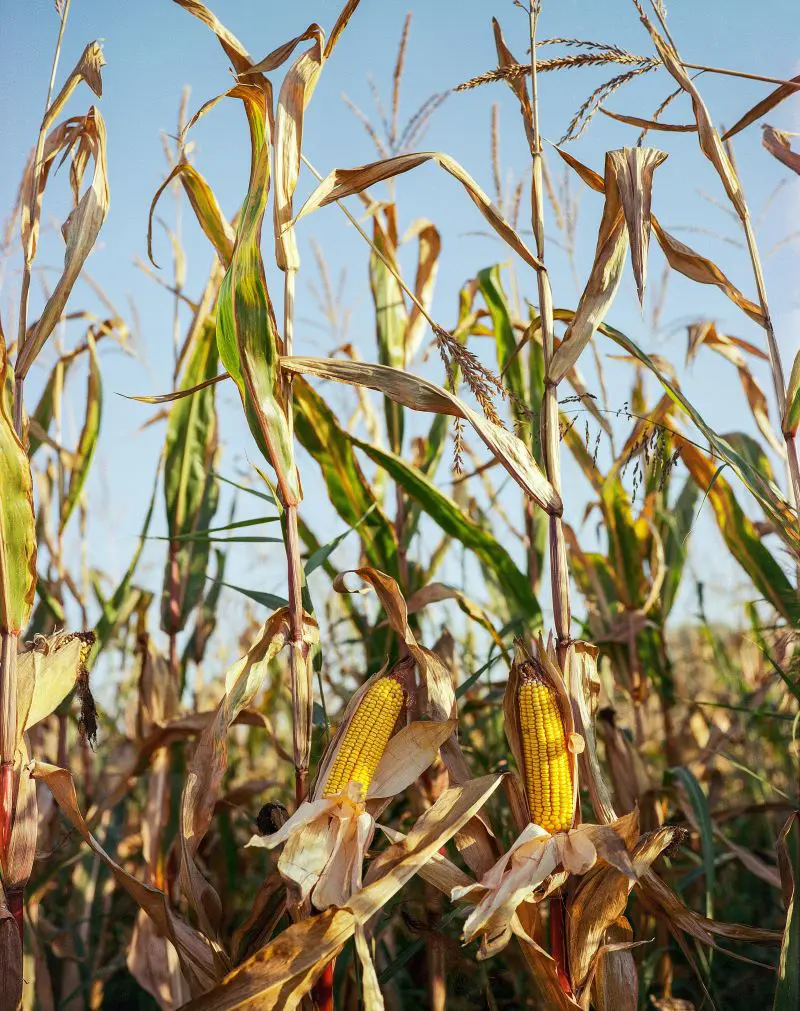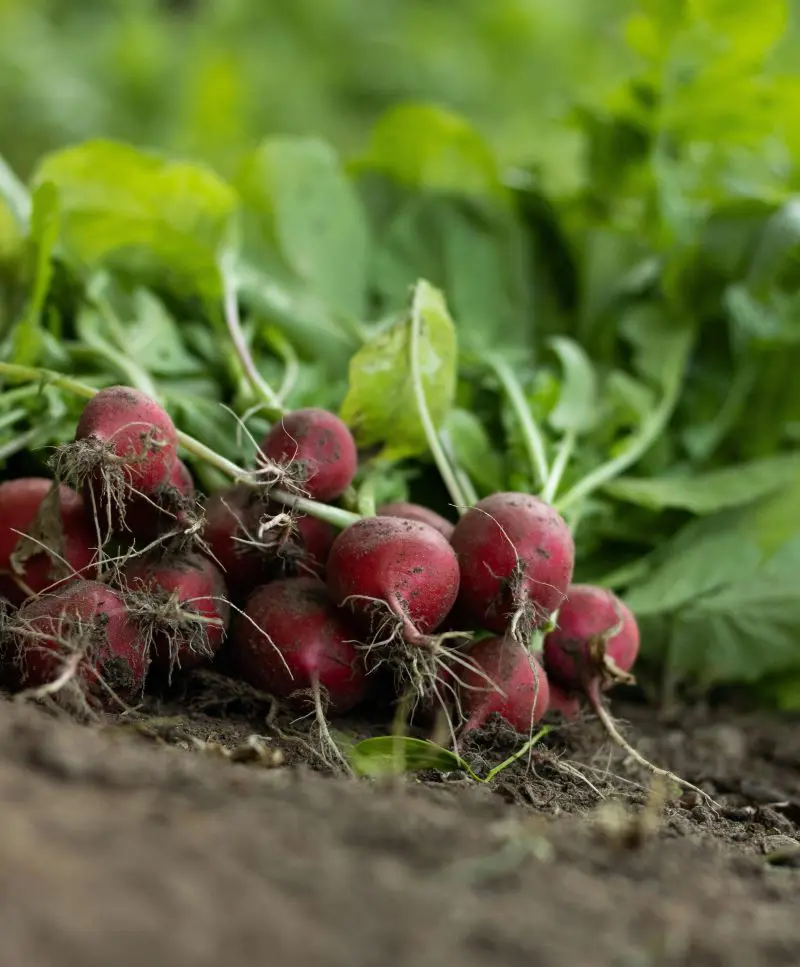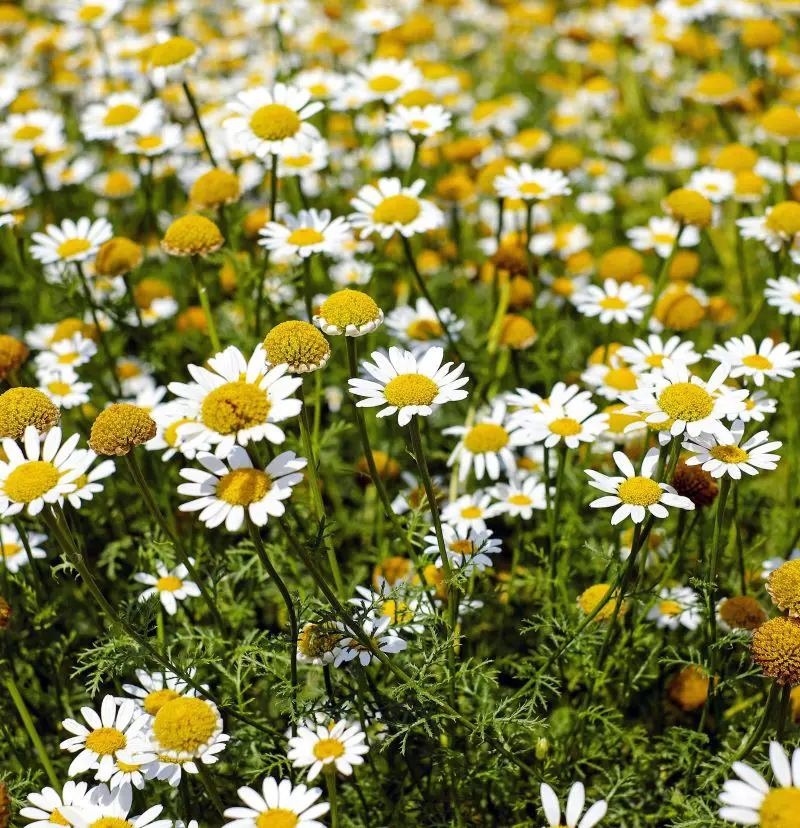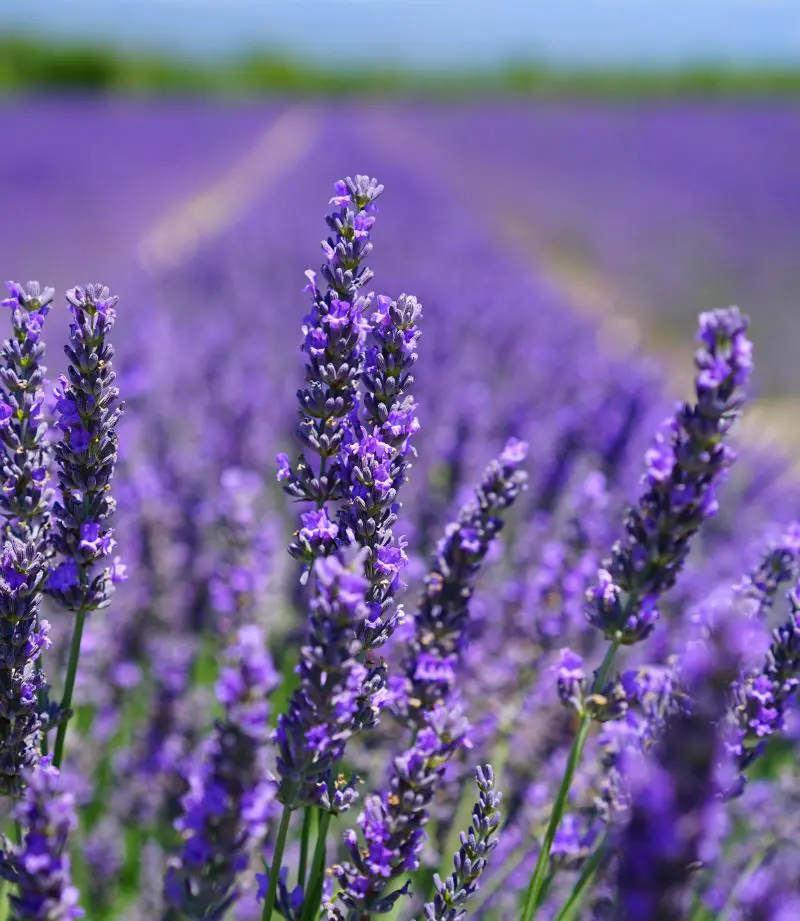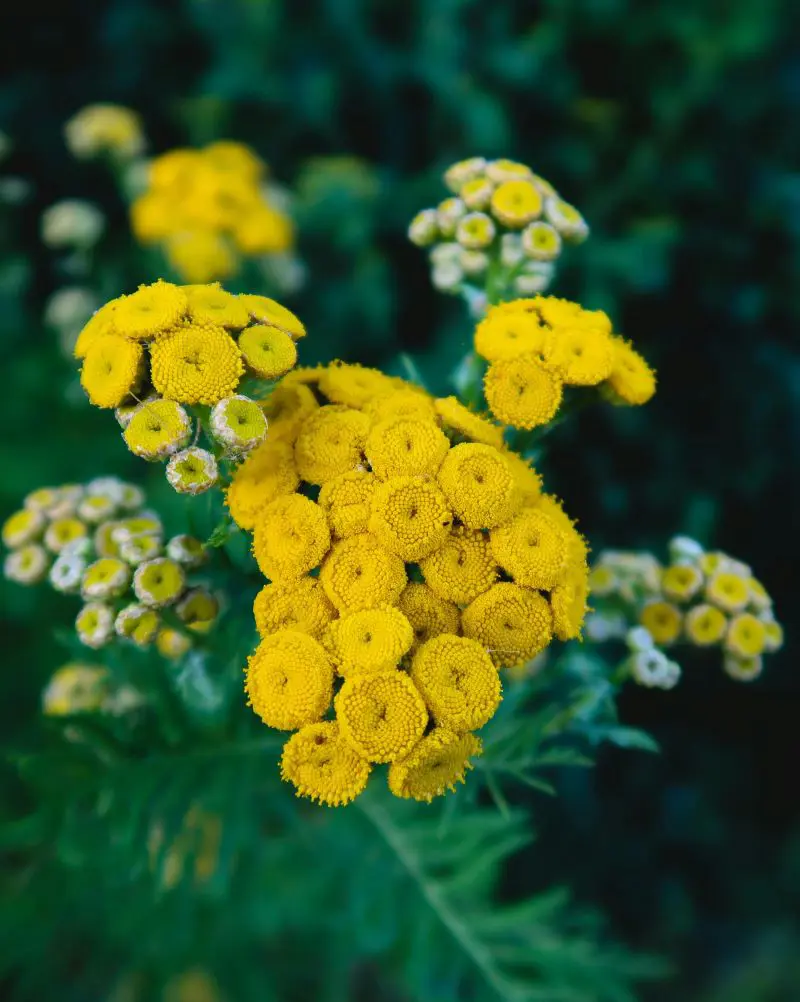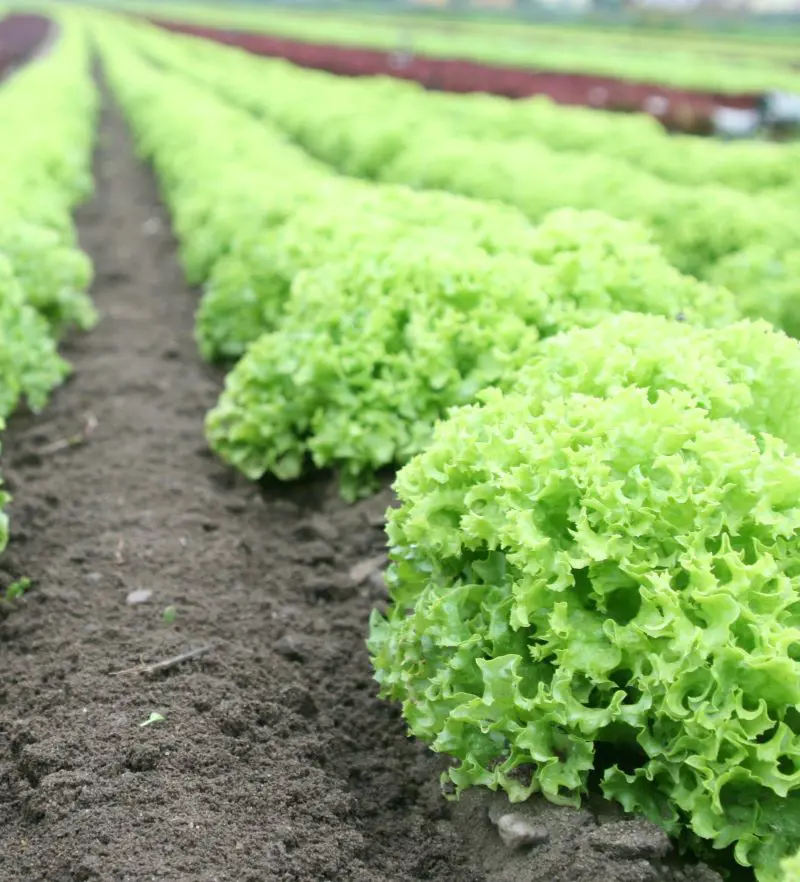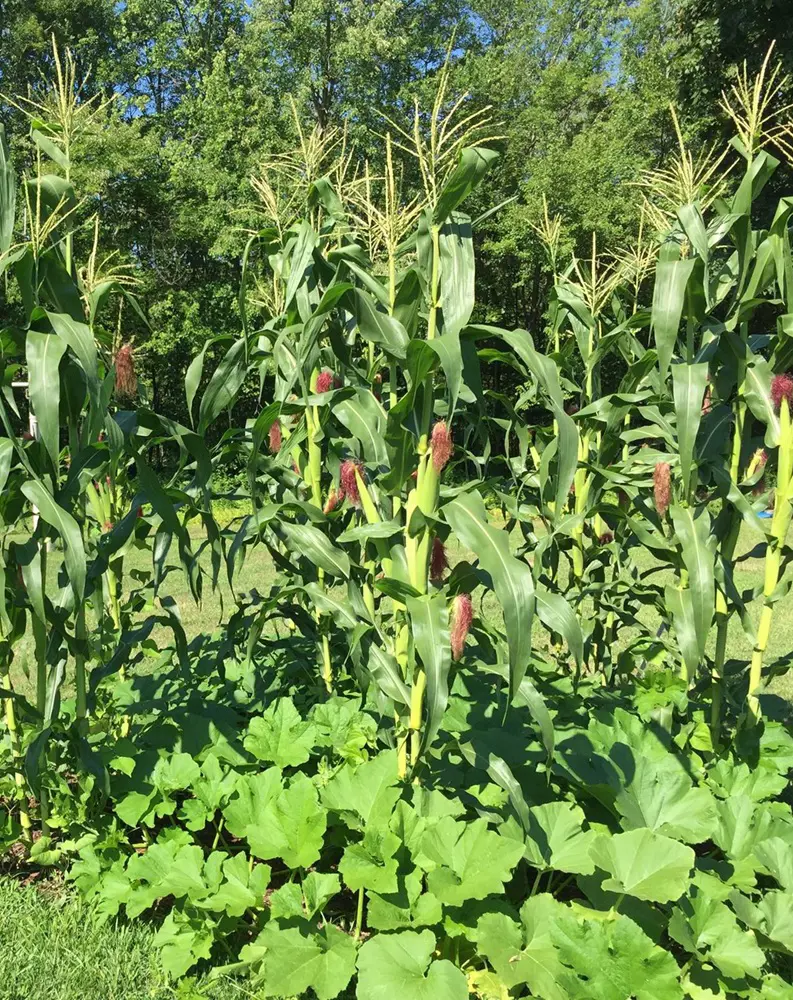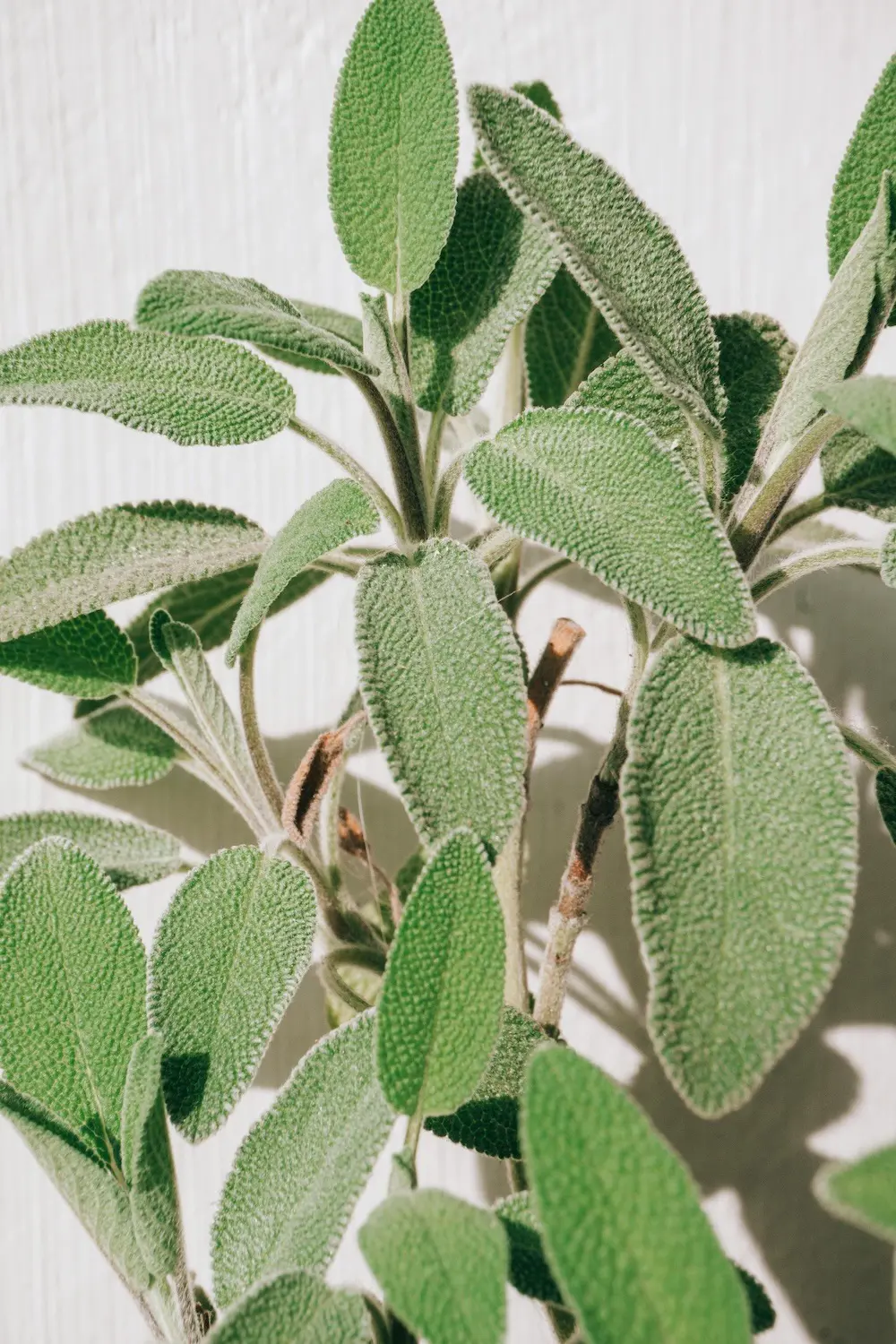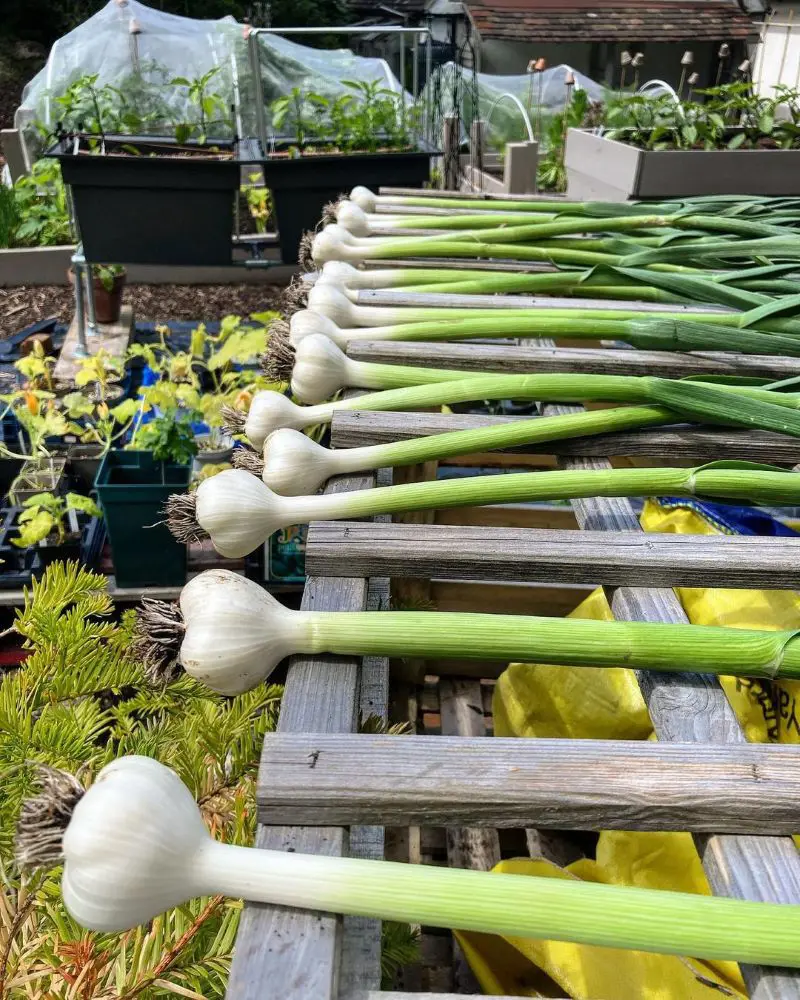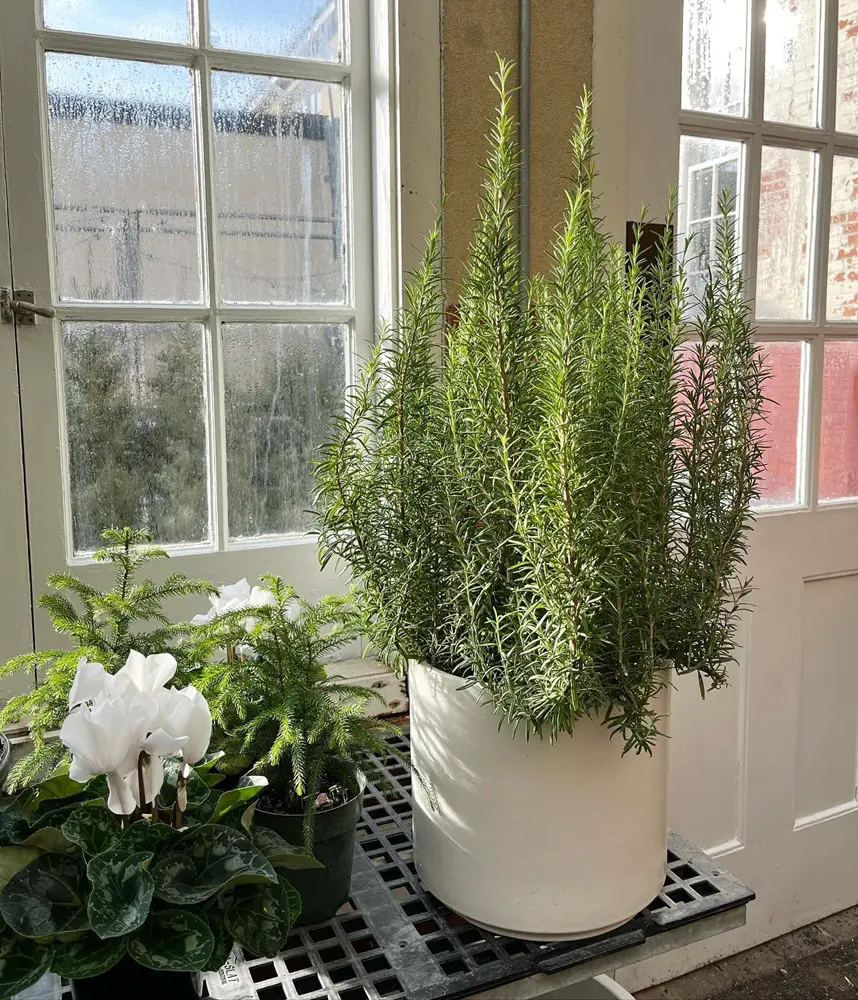Consulting a companion planting chart will show what to plant and what not to plant together. For example, pumpkins don't typically make good companions for potatoes or any other from the brassicas families like cauliflower, Brussels sprouts, or kale.
Also, the zucchini and other squash are considered bad companions for pumpkins as they can compete for the same nutrients, so planting together is not recommended. Here are some plants to avoid as a companion for pumpkin plants:
1. Fennel
Fennel are known for its allelopathic properties, which means it contains compounds that can hinder the growth of nearby plants. Also, these plants a vigorous growers with extensive root systems. It can compete with your pumpkin plants for water, nutrients, and sunlight, leading to potentially lower-yielding pumpkins.
2. Potatoes
Potatoes are pumpkin's biggest threat because potatoes are deep-rooted vegetables that can cause crucial disruption to the delicate root system of your pumpkin plants.
Not only it will hinder the root system, but planting them together can lead to intense competition for essential nutrients like nitrogen, phosphorus, and potassium. Planting them nearby can increase the risk of these diseases spreading between the plants.
3. Cabbage
Avoid planting cabbage with pumpkins as both plants are heavy feeders, competing for water, nutrients, and sunlight. This competitive spirit from both plants stunts the growth and reduces the yields. Additionally, cabbage belongs to the brassica family, which can attract pests, that can trouble pumpkins.
4. Zucchini
Belonging to the same family, these two plants are susceptible to similar pests and diseases. Planting them nearby can increase the risk of these problems, spreading between plants, and causing significant damage.
Also, they consume the same amount of nutrients, sunlight, and water which can lead to intense competition between the two when planted together.
5. Broccoli
Broccoli, similar to cabbage, is of brassica family and gobbles up massive amounts of water, nutrients, and sunlight from the soil. Their competition can hinder their growth, leading to smaller pumpkins and potentially fewer broccoli florets.
Being of the brassica family, these plants attract pests that love feasting on pumpkins as well. The pests like aphids and squash bugs can multiply and wreak chaos on your entire fall harvest. Also, being vulnerable to similar fungal diseases, planting them together increases the risk of the diseases spreading rapidly.
